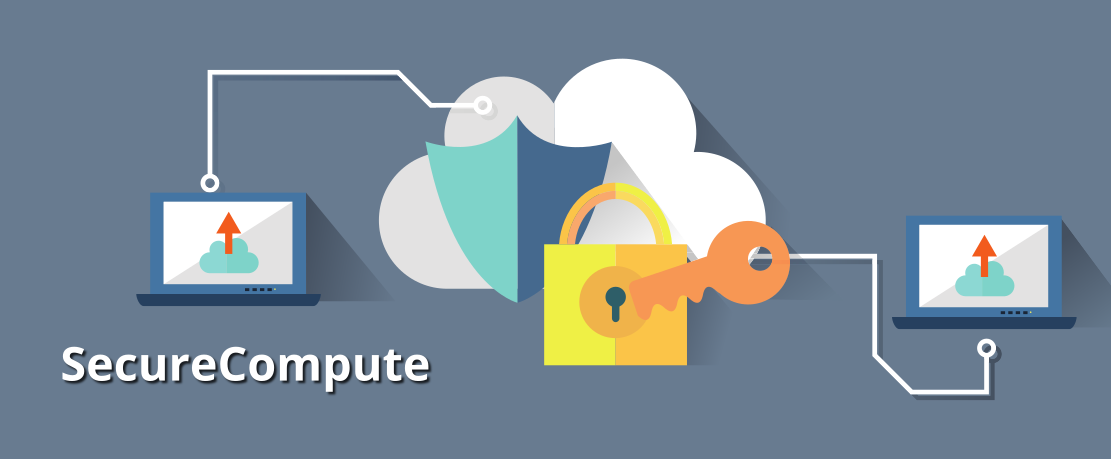
In the United States alone, the total cost of non-health insurance fraud is estimated to be more than $40 billion per year, costing hundreds of dollars increase in annual premiums for legitimate users.
For example, there may not be a not simple way to check whether the same claim is filed with multiple companies. In many cases, an increased scale of shared data could lead to improved predictions and analysis for detecting insurance fraud. For example, an increased scale of claims data combined with other unstructured data will allow institutions to better identify potentially fraudulent insurance claims.

